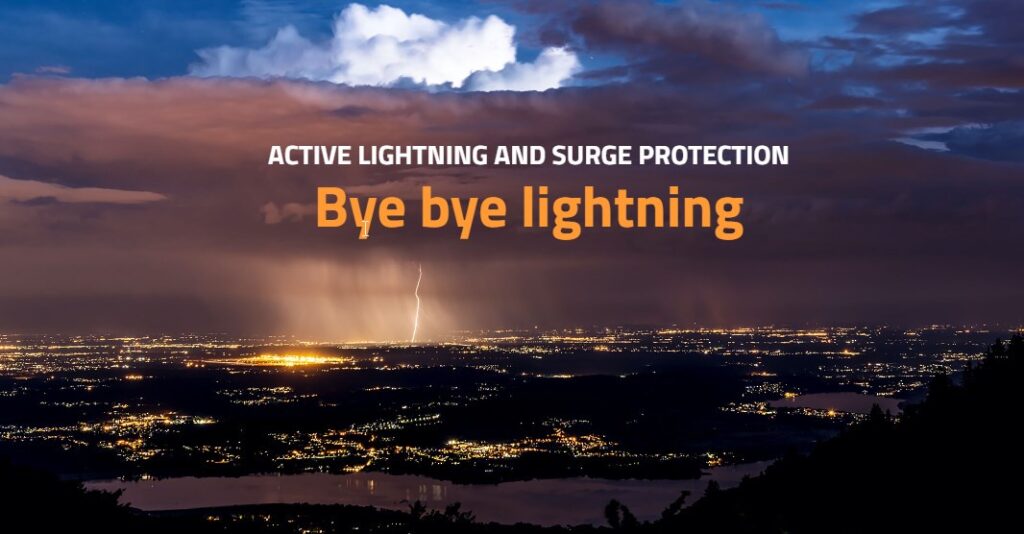Lightning is a powerful natural force that can cause extensive damage to homes, commercial buildings, and industrial facilities. Without proper protection, a single lightning strike can lead to structural fires, electrical failures, and costly repairs. A home lightning protection (LPS) is an essential investment that can safeguard your property and prevent catastrophic damage. Here’s how an LPS works and why you should consider installing one.
Understanding Lightning Strikes
Lightning occurs when an electrical charge builds up in storm clouds and discharges to the ground. This high-voltage energy can strike buildings, trees, and utility poles, causing fires and power surges. The intense heat from a lightning strike can ignite roofing materials, while the surge can damage electronics and electrical systems.
How a Lightning Protection System Works
A properly installed LPS provides a controlled path for lightning to follow, safely directing the electrical energy away from the structure. The system consists of several key components:
- Air Terminals (Lightning Rods): These rods are mounted on the highest points of a building to attract lightning strikes.
- Conductors: Heavy-duty cables connect the air terminals to grounding electrodes, guiding the electrical current safely downward.
- Grounding Electrodes: Buried deep in the ground, these electrodes disperse the lightning’s energy harmlessly into the earth.
- Surge Protection Devices (SPDs): These devices prevent electrical surges from damaging appliances and electrical systems inside the building.
- Bonding Connections: These links between metal components help equalize electrical potential and prevent side flashes.
Benefits of Installing a Lightning Protection System
1. Prevents Fire Hazards
One of the most significant risks of a lightning strike is fire. A properly installed LPS reduces the chance of fire by providing a direct pathway for the lightning to follow, keeping it away from combustible materials.
2. Protects Electrical and Electronic Equipment
Modern homes and businesses rely heavily on electronic devices. A lightning strike can cause power surges that damage appliances, computers, and communication systems. SPDs in an LPS absorb excess voltage, preventing costly losses.
3. Reduces Structural Damage
Lightning can weaken building materials, leading to costly repairs. By directing the electrical discharge safely to the ground, an LPS helps preserve the integrity of your property.
4. Enhances Safety for Occupants
A lightning strike can pose a severe risk to people inside a building. By preventing side flashes and power surges, an LPS enhances the safety of residents, employees, and visitors.
5. Compliance with Safety Standards
Many companies and building codes recommend or require the installation of lightning protection systems, especially for high-risk properties such as industrial facilities, hospitals, and historical buildings.
Is a Lightning Protection System Right for You?
If your property is located in an area prone to thunderstorms, investing in an LPS is a wise decision. Homes and buildings with tall structures, metal roofing, or extensive electronic systems are particularly vulnerable. Consulting a professional lightning protection expert can help you assess your risks and determine the best protection plan.
Conclusion
Lightning strikes can cause severe damage to your property, but a well-designed lightning protection system can significantly reduce these risks. By directing electrical energy safely into the ground, an LPS prevents fires, protects electrical systems, and ensures the safety of occupants. Investing in this safeguard is a proactive step toward protecting your home or business from nature’s unpredictable power.

